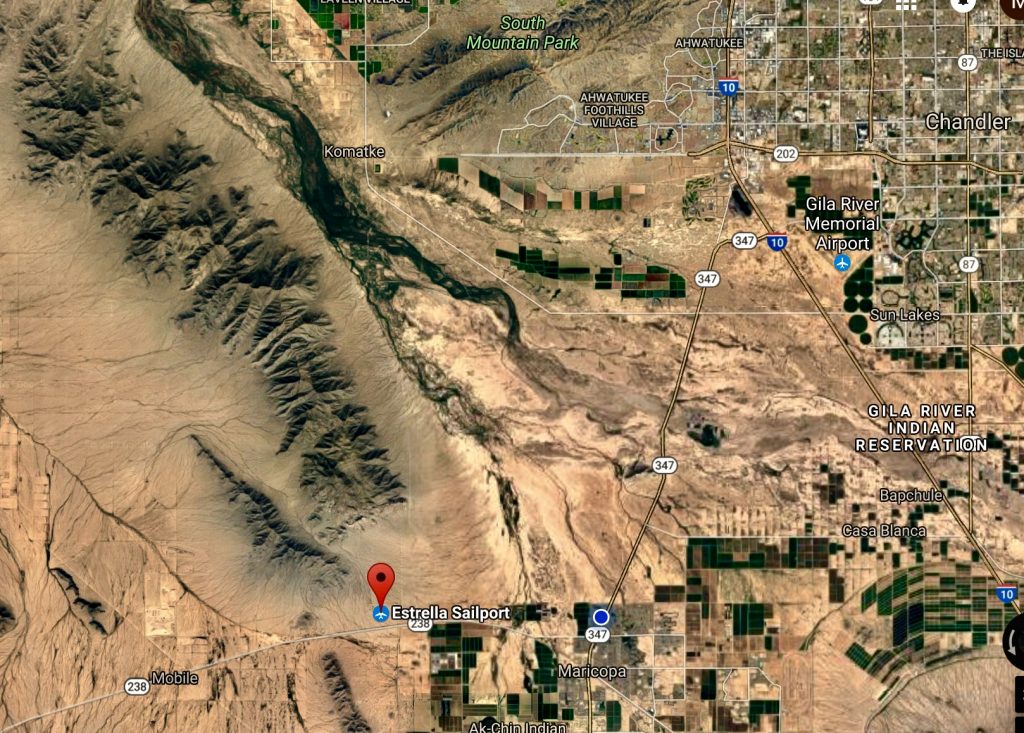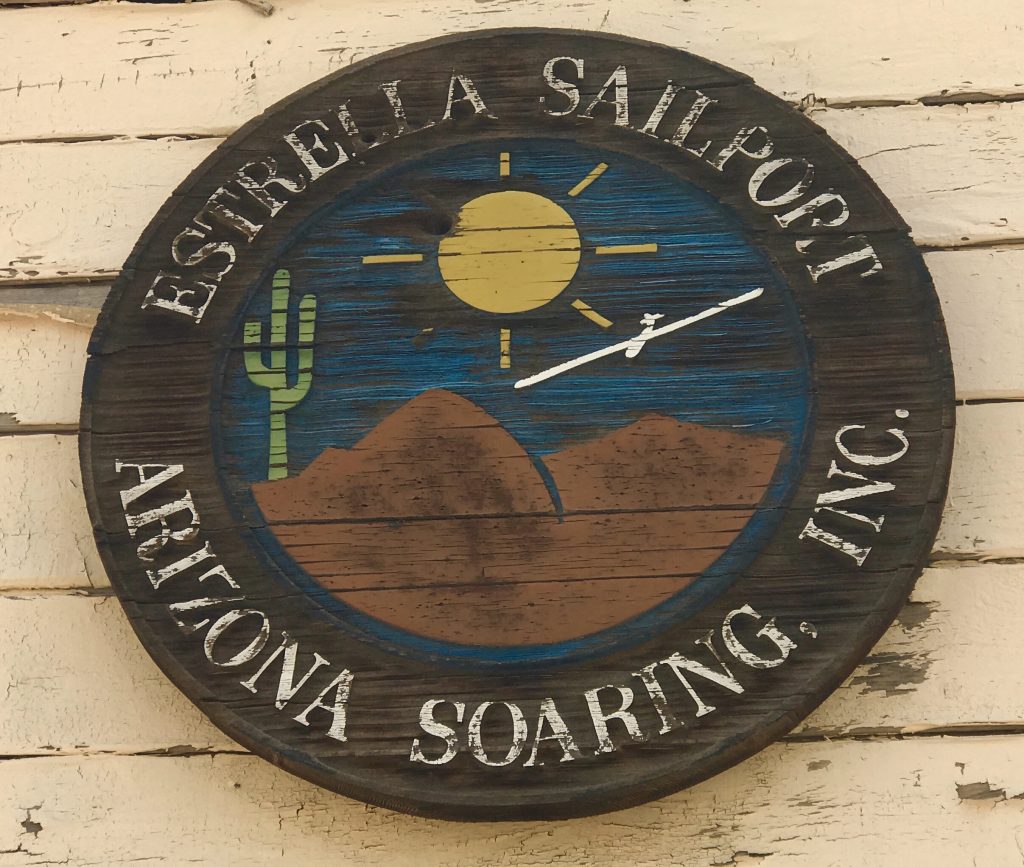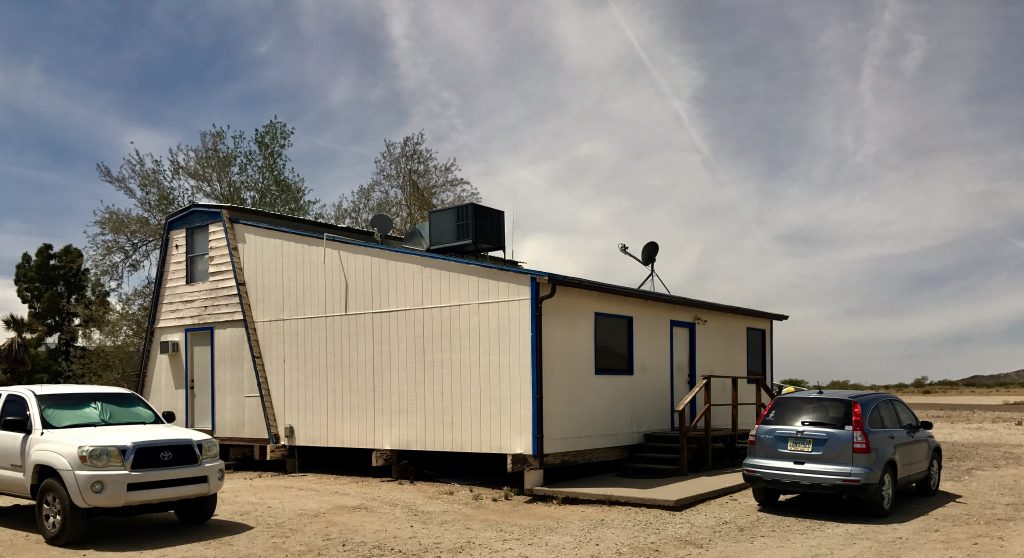In New Zealand, I began learning to soar in gliders with the Matamata Soaring Club. I have long wanted to learn to fly. I enjoyed my first seven flights in NZ.

Judy felt that private motor flying was an overly expensive, hazardous hobby, and so I respected her wishes and did not take up flying. Inexperienced private pilots fly at much greater risk than professionals.
Now that I am older and on my own, I began to consider pursuing this dream. A professional pilot friend suggested I look into gliding rather than motor flying. If you own a plane, and have somewhere to fly regularly, such as a vacation cabin, motor makes sense. Otherwise, all most private pilots can do is rent a plane, fly somewhere and have lunch, then fly back. They call it the ‘$100 hamburger’. Now, it probably is a ‘$200+ hamburger’.
Gliding, on the other hand, is largely done through a multitude of soaring clubs located all over the world. Motor pilots must wear headsets because of the motor noise, but gliders have only the sound of the air rushing by. Soaring strikes me as a rather peaceful activity, circling around like a hawk. My flights in New Zealand confirmed for me that soaring is as about as close as we can come to flying like a bird. Modern soaring planes are also a safer way to do this than parasailing or hang gliding.
Arizona has some of the most consistent good conditions for soaring. Gliders have no motor, and must rely on rising air (thermals) to stay up. A particular ‘sailport’ just south of Phoenix, Arizona has become a major training center, and that’s where I will be getting my flight instruction.

This might seem an odd spot for a glider airfield, but it was chosen by experienced soaring pilots. The nearby Estrella mountains provide favorable lift winds, and it is free of the air traffic complications of Phoenix.

This is my home base for the next 4 weeks.


The Estrella mountains rise up in the distance.

AZ Soaring owns 15 sailplanes based here.

This is their favored training glider. It is not as sleek as what I flew in New Zealand, but apparently is easier for beginners to learn in. Tomorrow, I will find out.

Gliders like this are what I want to fly eventually. They are higher performance, but also require more skill to fly.
Learning to become a glider pilot is a bit like learning to drive a car. You must practice and practice until much of the co-ordination required becomes automatic, so your attention is freed for other tasks such as seeking thermals to climb in, planning where you will fly, keeping track of where the airfield is that you will land later, and avoiding colliding with any other planes.

In the hangar, a mechanic/soaring pilot was working on his higher tech glider, one that can pop up a propeller and launch itself without a tow. Simpler gliders cost as little as $60-70,000, not more than a premium car. This lovely plane is closer to a quarter million dollars.

It has elaborate avionics instruments.

This propeller pops up to enable the glider to take off on its own, or also fly a limited distance back to a landing place if the thermal lift fails. It then folds back into the glider.
Fortunately, it is not necessary to own your own glider. Soaring clubs around the world will allow licensed pilots to rent and fly club gliders of many types. My goal is to be able to do this when I am in any areas with especially good gliding opportunities.
Glider tow launch at Estrella Sailport from Mel Malinowski on Vimeo.
I’m now two days and eight flights in. The second day was windy and gusty, which was harder. This is not so easy! I have to have faith that I can rise to this challenge. I really enjoy being up there. My first flight instructor is a retired airline pilot.

The most southerly rail line in America passes through Maricopa, running from New Orleans to Los Angeles close to our southern border. Mile long freight trains can be seen running along the line that I overfly while training at the Estrella Sailport. This picture is of a ‘dome car’ that ran on this line as the ‘California Zephyr’. When I was 10, I rode in such a dome car from Portland, Oregon to San Francisco.
It’s time to move on. Soaring is a lot of fun, and in four weeks I made 100 flights. A few days were lost when weather fronts passed by and caused windy, turbulent conditions. I’ll have to make the Flatiron hike next time I am around this area.
One of my great surprises is the delicacy of control of a glider. There is a control ‘stick’ between your legs, which will move about 6″ in any direction. Most of the time, however, you move it very little once you are skilled. I was taught to hold it very lightly between my thumb and just two fingers. The major obstacle is learning to not over-control and oscillate. With time, you come to fly instinctively, which is essential, as you cannot react fast enough to correct as you should if your brain is in the way. You fly like you drive or walk, using ‘muscle memory’. My ability to do this improved greatly during my training in Arizona.
Soaring is a lovely experience, unlike any other I have every had. I’m very pleased to be able to get up there and fly.
Learning how to control the glider as you take off and land is the biggest challenge. I am getting better at this, but still need more practice. I hope to be able to fly gliders occasionally when I am near a soaring club wherever I travel.
Time to visit New York City again. Any new pictures and stories will be added to my previous New York post. Next up: hiking in the Sierra mountains near Lake Tahoe, California.

Leave a Reply
You must be logged in to post a comment.